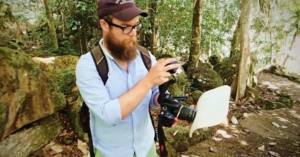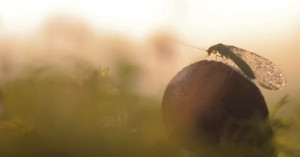
The Big Story Behind Filming the Tiny Creatures in ‘A Real Bug’s Life’
More than 25 years after Pixar's groundbreaking feature film A Bug's Life first hit theaters, Disney has returned to the incredible world of insects for inspiration. A new docu-series, A Real Bug's Life, delivers a breathtaking adventure into nine different micro bug worlds.
























